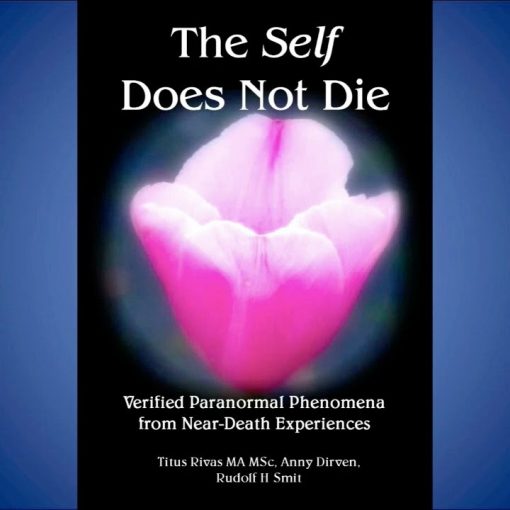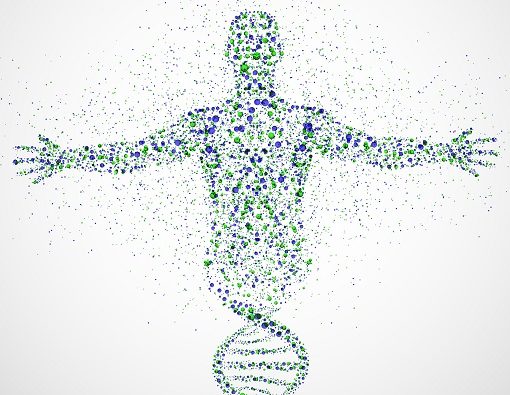PIM VAN LOMMEL, MD
Cardiologist/Author
In our prospective study of 344 patients who survived cardiac arrest we had to come to the surprising conclusion that all the reported elements of a Near-Death Experience (NDE) like an out-of-body perception, meeting with deceased relatives or a life review were experienced during a transient functional loss of the cortex and of the brainstem, with a flat line EEG. During their cardiac arrest people can have veridical perceptions from a position outside and above their lifeless body. NDE-ers have the feeling that they have apparently taken off their body like an old coat and to their surprise they appear to have retained their own identity with the possibility of perception, emotions, and a very clear consciousness.





2 thoughts on “The Mystery of Perception During Near Death Experiences – Pim van Lommel – (Video)”
The nonlocal consciousness perception takes place on an area outside of the human body, about 5 inches away, on the level of the navel, on the right side of the bodyd. The shamans of ancient Mexico call it “the assemblage point” because it is the point where perception is assembled.
This is an excellent video by van Lommel. A few thoughts about NDEs occur to me.
Within the science of parapsychology, there are phenomena that are researched by studies that assess likelihoods and statistical results produced. Then the studies can be placed into meta-analyses and, by the increase of statistical power, it can be said that it is very long odds indeed against the results being produced by chance. This has been done with all the traditional fields of parapsychology – telepathy, clairvoyance, precognition and psychokinesis. But research into near death experiences is not like this. You have to focus on the best cases, those that conventional scientific kinds of explanation cannot account for. The sceptics have not been idle in proposing that type of explanation. For instance we have had temporal lobe paroxysm (eg Persinger), cerebral anoxia (eg Susan Blackmore), neuropeptide and neurotransmitter release, massive cortical disinhibition (again Blackmore). Also psychological theories such as depersonalisation and motivated fantasy. These theories are unlikely to be countered except by exceptional cases. These are cases in which the experient is able to report events that happened when, from a conventional viewpoint, they must have been totally unconscious. That can be the case where the person’s EEG is flatlining, with no brainstem reflexes, during a cardiac arrest. Also, when the events could not be witnessed from where the person’s body is lying during the whole of the relevant time period when the events were witnessed. There have been such cases, eg that of Pam Reynolds. But in this area I think it is really only very good cases that are going to count.
On particular points made by van Lommel, it is interesting that a person’s belief system makes no difference to whether he experiences an NDE. It seems you are no less likely to experience one if you are an atheist than if you are religious (though your atheism may change afterwards). In the light of this, wish-fulfilment and fantasy seem implausible as explanations for NDEs. On van Lommel’s point that NDEs challenge the notion that consciousness is located solely in the brain, I agree but would add that so do other aspects of parapsychology, eg telepathy, remote viewing, and remote healing and dowsing.
Bryan Hammersley